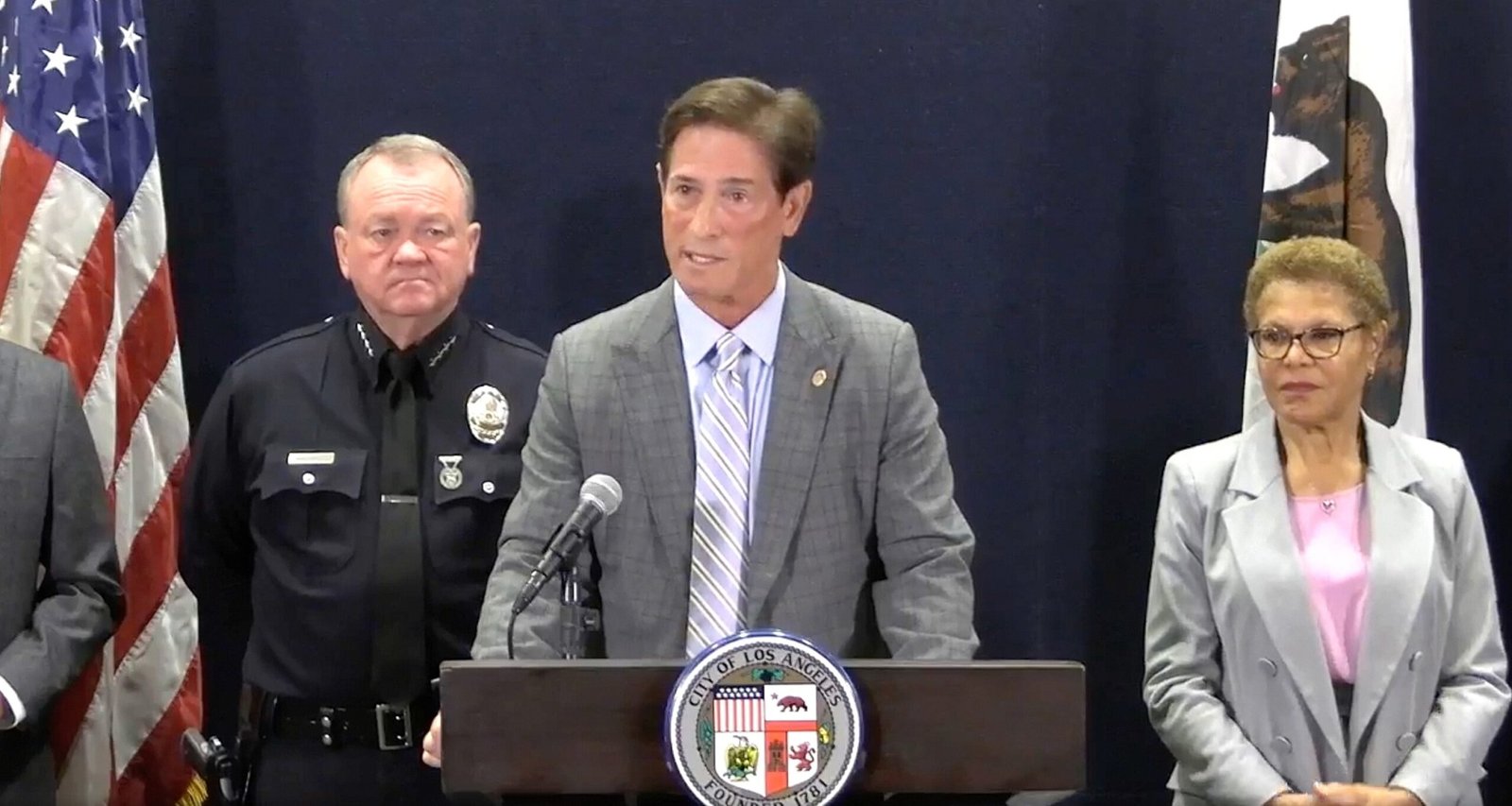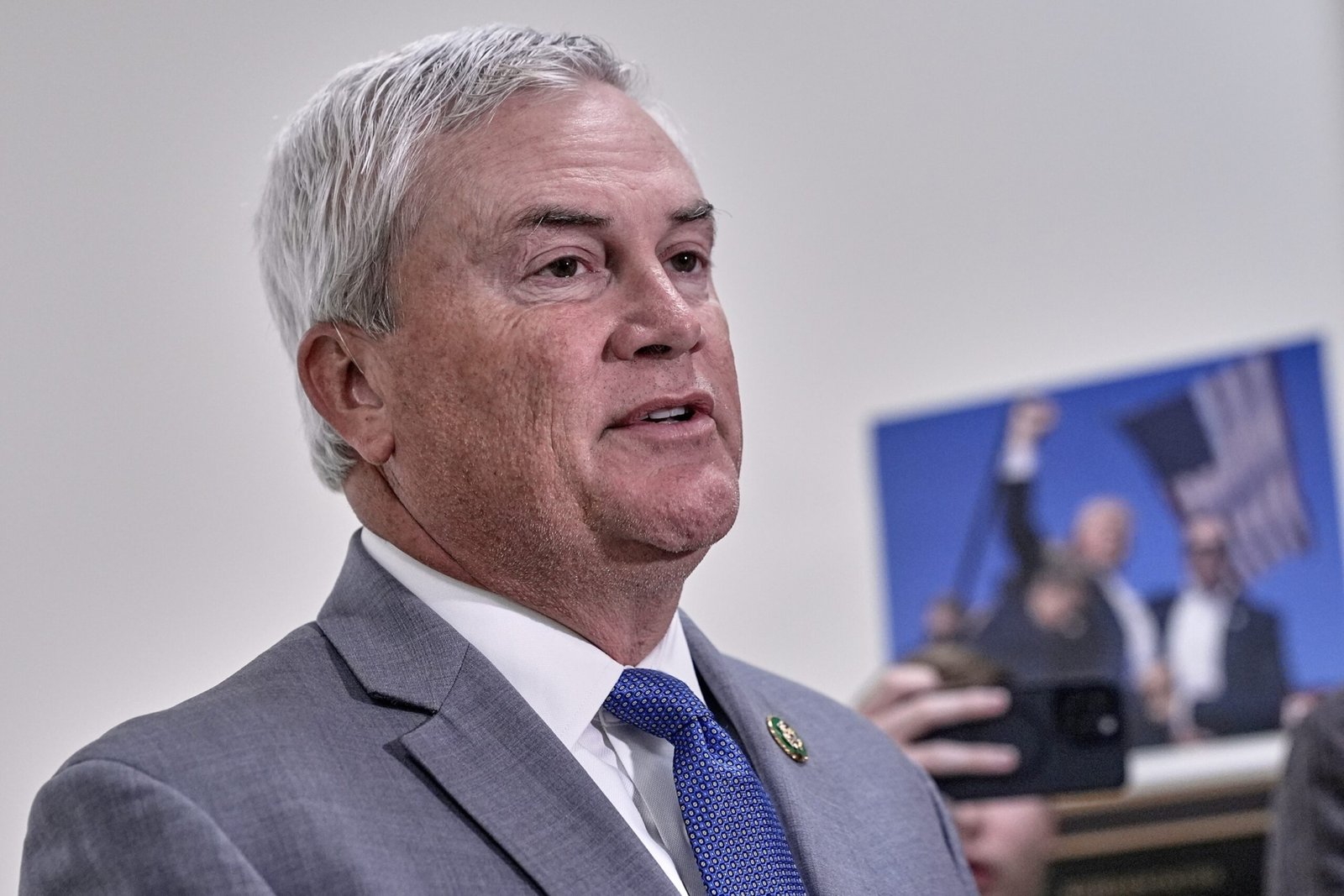The Federal Reserve maintained its stable reference interest rate on Wednesday, continuing with a waiting and view approach adopted by the Central Bank in recent months, since it observes the possible effects of the tariff policy of President Donald Trump.
Four meetings and six months have passed since the last time the Fed adjusted interest rates. The federal fund rate represents between 4.25% and 4.5%, preserving much of a strong increase imposed in response to an episode of inflation of the pandemic era.
The Fed issued a prognosis on Wednesday that indicates some concern for a revival of inflation. The personal consumption expenses index, a measure of inflation preferred by the Fed, will increase from 2.1% to 3% in the rest of 2025, predicted the Central Bank. This prognosis marked higher inflation expectations than the Central Bank he had issued in March.
The Fed also forecast two interest cuts of a quarter quarter in the rest of 2025, carrying out a prediction issued in March. Two additional cuts will be made in the spotlight in 2026, as well as a point cut in 2027, the Central Bank said.
Speaking at a press conference in Washington, DC, on Wednesday, Powell said that tariffs would probably “increase prices and weigh economic activity” in the course of this year. But, he added, the effects would depend on the “final level” of the rates, which have often fluctuated.
“At the moment, we are well positioned to wait to learn more about the probable course of the economy before considering any adjustment to our policy position,” Powell said.
The last Fed rate decision challenged the comments made hours before by Trump, who called the president of the Federal Reserve, Jerome Powell, a “stupid person” and urged the Central Bank to reduce interest rates.
“We have a man who only refuses to reduce the Fed rate,” Trump told journalists. “Maybe I should go to Fed. Is it allowed to name myself? I would do a much better job than these people.”
The restriction position in the Fed in recent months has caused acute and repeated criticisms of Trump. The President is legally appointed to be appointed head of the FED, an independent federal agency.
Since Trump assumed office, inflation has decreased and employment growth has slowed down.
Fresh inflation data last week showed a slight acceleration of price increases, but inflation remains close to its lowest level since 2021. The hiring was slowed but remained resistant in May, since the uncertainty that surrounds at the time, rates out again seemed to reduce the hiring less than some economists feared, a government report showed this month.
The Fed is guided by a double mandate to maintain inflation under control and maximize employment. In theory, a decrease in interest rates could help stimulate economic activity and increase employment, especially while inflation remains low.
Powell, in recent months, warned about the possibility that tariffs can cause what economists call “stagflation”, which is when inflation increases and the economy slows down.
The stagflation could put the central bank in a difficult position. If the Fed increases interest rates as a means to protect against inflation induced by the rate in this scenario, run the risk of querying loans and slowering the economy further.
On the other hand, if the Fed reduces rates to stimulate the economy against a potential deceleration, threatens to increase spending and make inflation worse.
In recent weeks, Trump has returned some of his most steep tariffs, relieving the costs imposed on importers. These companies generally transmit a part of the highest tax burden in the form of price increases.

The president of the Federal Reserve Board, Jerome Powell, held a press conference after a meeting of the Federal Open Market Committee, June 18, 2025 in Washington.
Win McNamee/Getty Images
A commercial agreement between the United States and China cut the Tit-For Tat rates between the two largest economies in the world and caused an increase in the stock market. In a matter of days, Wall Street companies softened their recession forecasts.
The agreement between the United States and China took weeks after the White House stopped a large strip of Trump’s “Liberation Day” tariffs aimed at dozens of countries. Trump also facilitated the specific rates of the sector aimed at cars and retreated the tasks of some goods in Mexico and Canada.
Even so, a general 10% rate applies to almost all imports, except semiconductors, pharmaceutical products and some other items. However, these rates are in the legal limbo, after a couple of decisions of the Federal Court at the end of last month.
Tariffs remain in place for steel, aluminum and cars, as well as some products from Canada and Mexico.
Warning signals point to the possibility of high prices in the coming months.
Retailers nationwide such as Walmart and Best Buy have expressed alarm on potential price increases as a result of levies.
The Organization for Economic Cooperation and Development, or the OECD, said that this month hopes that US inflation reaches 4% at the end of 2025, which would mark a strong increase in current levels.
Powell has chosen to leave rates without changes when the Fed evaluates the economic impact of tariffs.
“We do not believe we should be in a hurry,” Powell said at a press conference in Washington, DC, last month. “We believe we can be patient.”




